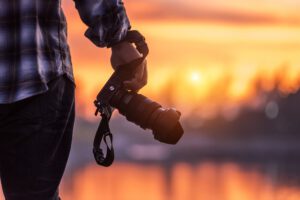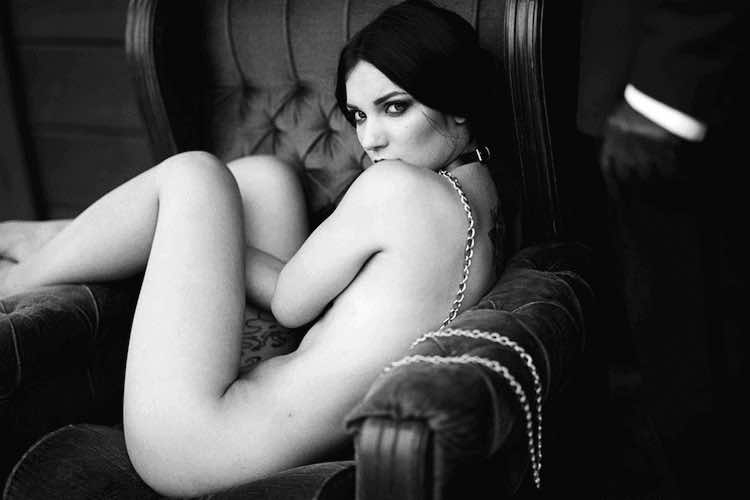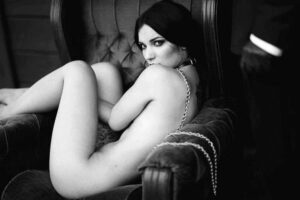Photography is a great way to document important moments in history and to educate people about the different places of the world. Since its invention in the 1800s, photography has come a long way. Earlier, photos took hours to develop and today’s digital technology allows photographers to change the color, contrast, and effects of photographs instantly. Photos also provide a great opportunity for educators to show students about different cultures and countries. Family portraits are also common and are hung on the walls of almost every home.
 While the history of photography is still evolving, it has a rich history. Although the modern process of photography was first introduced in the nineteenth century, photography has been around for thousands of years. The Greeks and Chinese had already experimented with a technology known as the camera obscura, but the Chinese and Greeks had already been taking photos for several centuries. The first photograph was published in 1839 by French photographer Louis Daguerre. The daguerreotype used an optical device known as a camera obscura, which produced a shiny mirror-like image.
While the history of photography is still evolving, it has a rich history. Although the modern process of photography was first introduced in the nineteenth century, photography has been around for thousands of years. The Greeks and Chinese had already experimented with a technology known as the camera obscura, but the Chinese and Greeks had already been taking photos for several centuries. The first photograph was published in 1839 by French photographer Louis Daguerre. The daguerreotype used an optical device known as a camera obscura, which produced a shiny mirror-like image.
An image can be based on a single subject, but an interesting composition can also include the background and foreground. Using the rule of thirds can help you choose the proper composition. If you want to take a portrait, use the rule of thirds to place your subject off to one side of the frame. A moving subject requires extra space in the frame in the direction of its motion. The human mind always fills in the blanks.
The art of photography has many different forms, including fashion, landscape, and portrait photography. Every individual has their style, but a common theme that connects them all is a passion for photography. No matter what genre you choose, you will find a way to express your thoughts and emotions through images. A good photographer will be able to serve a variety of industries, and photography is no different. If you love taking pictures of landscapes and portraits, consider adding these types of photo shoots to your portfolio.
Another aspect of photography that can make or break an image is exposure. While a camera’s shutter is what makes images appear in focus, an underexposed photograph will be too dark or too bright. The shutter opens and closes quickly, but it is important to know the difference between the two. For instance, a portrait will usually have an out-of-focus background, whereas a landscape will have sharp details. Changing the ISO is also important for image quality.
Once you learn the basics, you can begin to explore different photography styles. Many photographers specialize in one or two genres, but experimenting with different photography styles is a great way to broaden your skills. As a result, you’ll be able to expand your creative and technical skills. Whether you choose to shoot a landscape, a fashion photograph, or a wildlife photo, the options are endless. A photographer can become a renowned professional in a short amount of time.
Digital photography has changed the way we see the world. No longer is a darkroom needed. The process of digital photography can be completed right on a computer. With cameras on mobile devices, you can capture anything a camera and take a picture of it. It’s an amazing way to document the world. The only thing that stops us from doing that is our creativity and imagination. That’s why digital photography has become so popular.
Despite all of these benefits, learning photography takes time and effort. You can take a photography class, take a photography blog, or simply read a photography book, but don’t let this replace your education. Regardless of the method you choose, reading an article on photography can help you improve your photos and solve problems with your camera. And just as with any other skill, you should be able to experiment and learn by doing. For example, you might read about the importance of apertures in photography, then experiment with various apertures on different subjects until you find the best result.
The first photographs were not conceived as an art form until the mid-18th century. The development of color photography was made possible in the 1930s. Before then, only a handful of photographers had mastered specialized techniques to capture images in color. Inventors, scientists, and scientists also contributed to this new art. In 1839, the first glass negative was produced. By the end of the century, color photography was widely popular.
The Art And Science Of Photography



 While taking a nude photograph, remember to choose a style that works well with the rest of your photo. A black and white photo will generally be more dramatic and flattering to your subject’s skin tone. A black and white photo will also give your nude subject a mysterious, eerie look. If you’d like a shot with a darker background, use a softbox. A black background will help emphasize your subject’s back.
While taking a nude photograph, remember to choose a style that works well with the rest of your photo. A black and white photo will generally be more dramatic and flattering to your subject’s skin tone. A black and white photo will also give your nude subject a mysterious, eerie look. If you’d like a shot with a darker background, use a softbox. A black background will help emphasize your subject’s back.